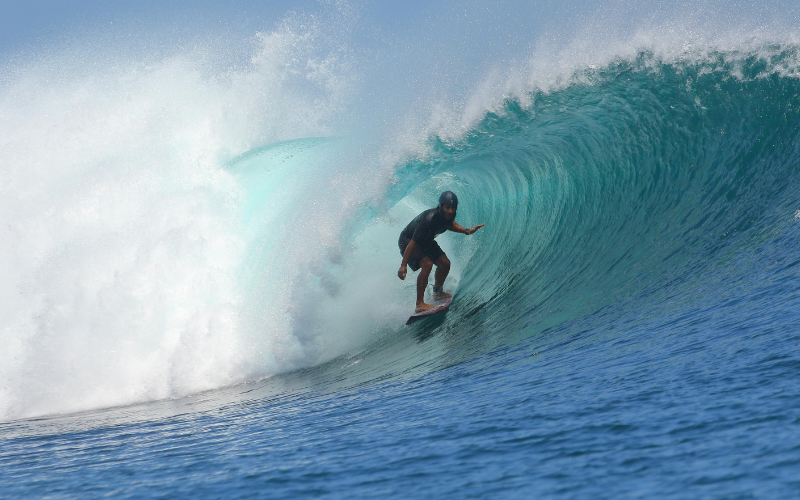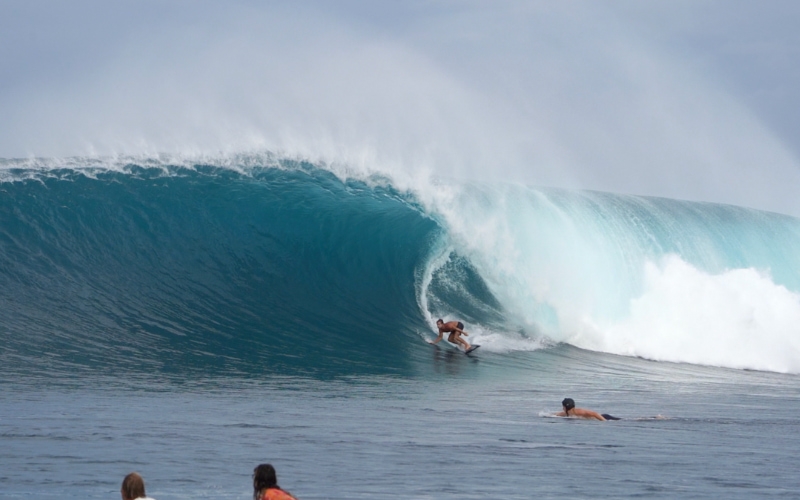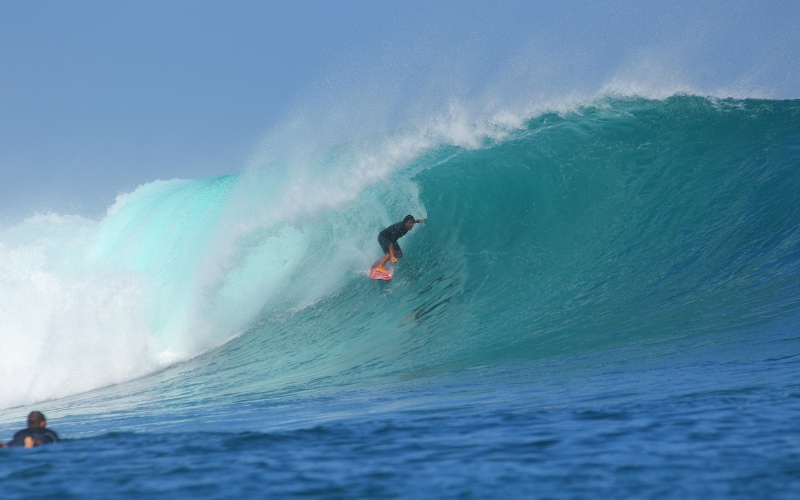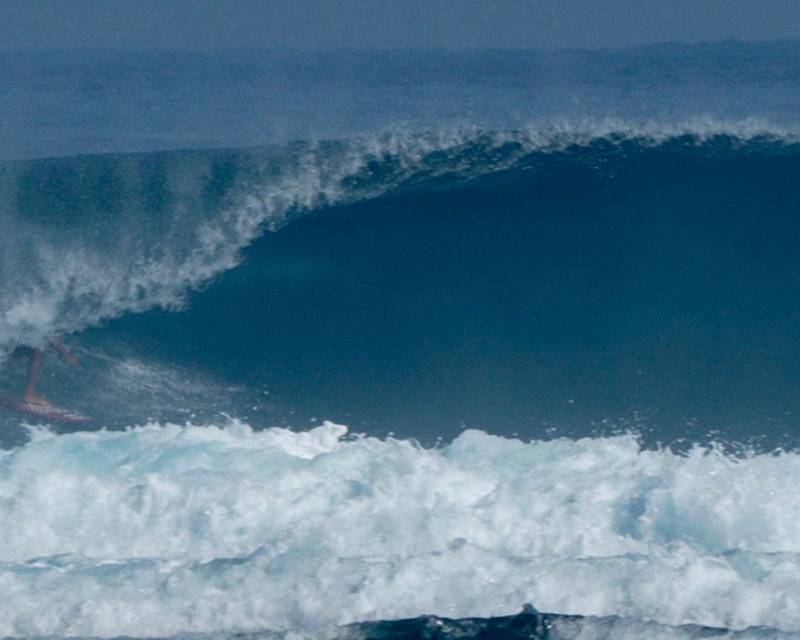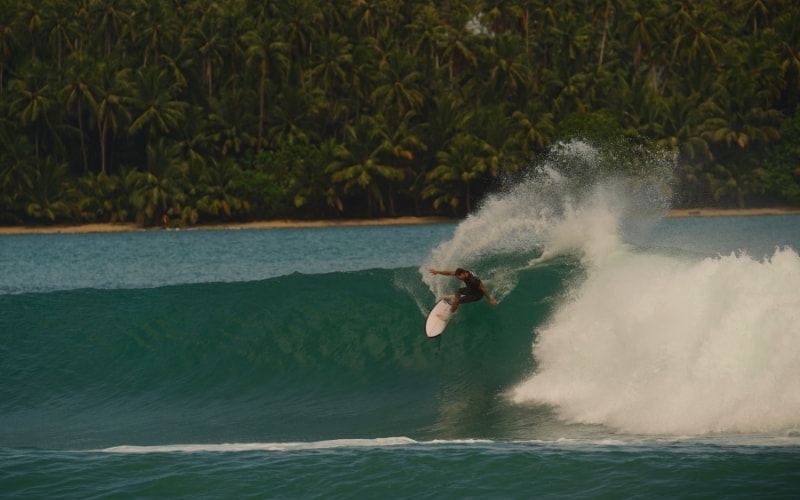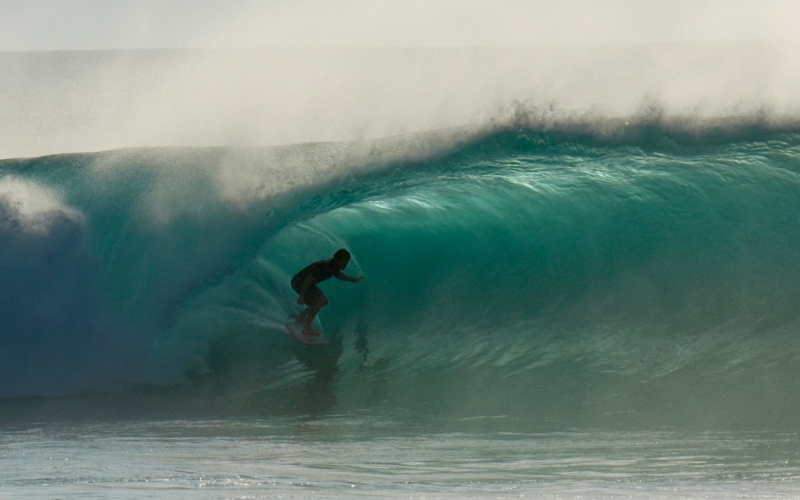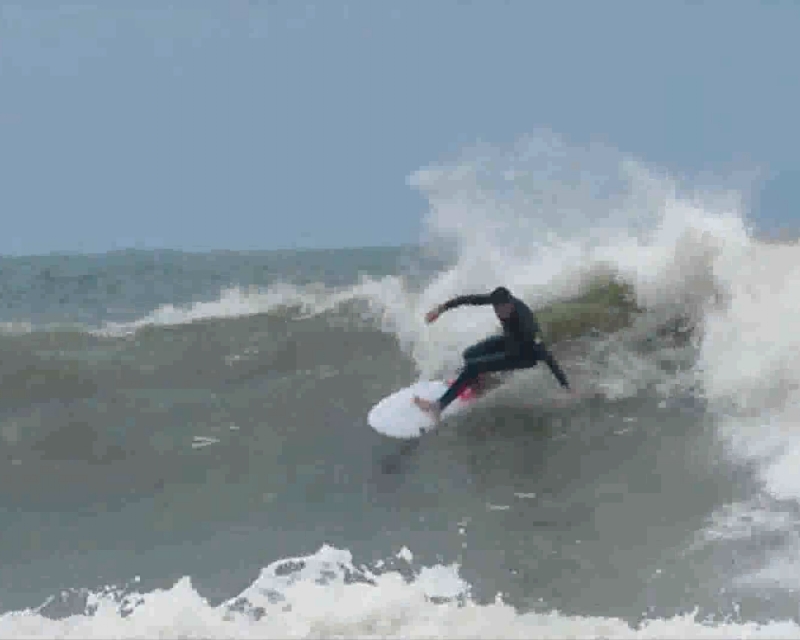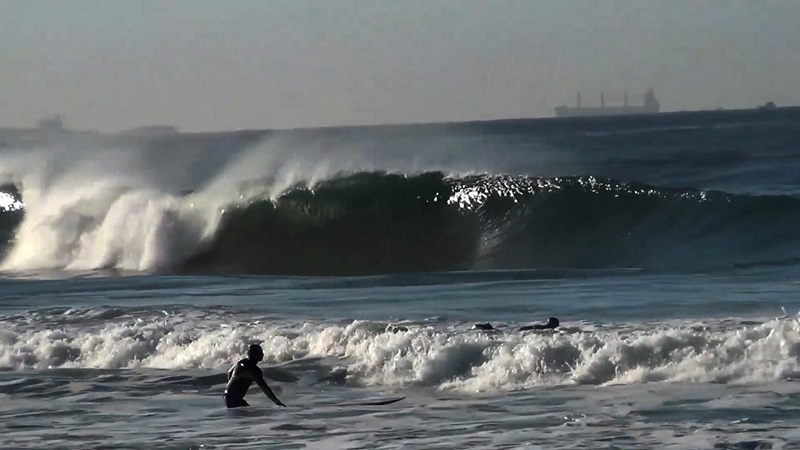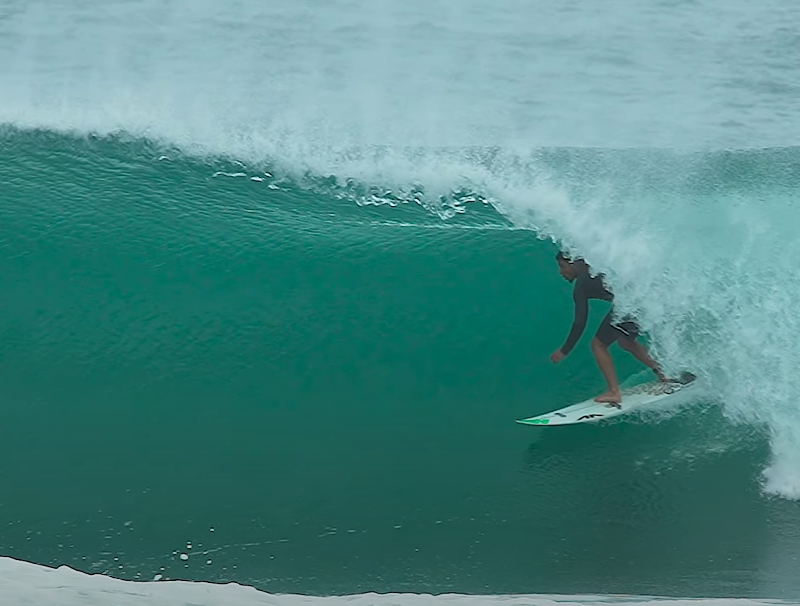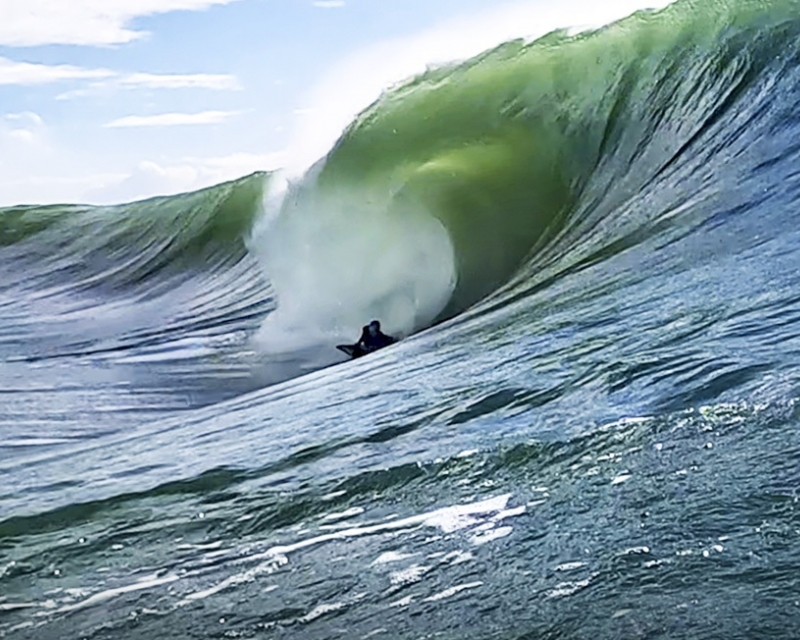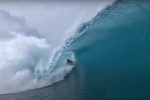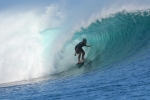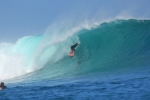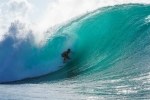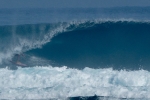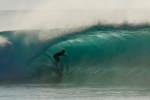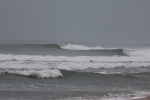Sandwich Islands Swimming Boards: 1893
Our local California newspapers are a treasure trove of historical information. The papers contain articles and images that most often never made it into the history books. Stories that, although forgotten, remain locked in time on microfilm reels tucked
20/Fev/2015 - Brooke Schmitt - Reino UnidoI’ve spent a lot of time in California institutions sitting in front of microfilm readers. Most of my research covers late 19th and early 20th century California wave motors; turn of the century attempts to harness the power of waves and tide to produce electricity and run machinery. This research has been a decade long intermittent process that will probably result in a book never written, but I love the pursuit. I love libraries. I love historical societies and local history. And I love surfing.
Engaging in this kind of surf history research has led me down some unexpected informational paths, like the late 19th century accounts in San Diego newspapers of, a post OK Corral, Wyatt Earp acting regularly as a boxing referee. It has also led me down paths that are more aligned with my ocean related interest and passion. Thumbing through an index, I always look up surfing relevant keywords. This is how I came across one the earliest mention of surfing in the Los Angeles Times.
The article was written by Walter Hough and appeared in print on August 6, 1893, almost 14 years before George Freeth first arrived in California. The article is titled “In the Swim: Swimmers and Swimming in the South Seas – Curious Customs and Appliances in the Tropics and the Arctic – In Labrador and the Sandwich Islands – On the Tigris.” The article in full discusses numerous swimming feats and the benefit of different swimming techniques and aids. The part most interesting to me is Hough’s account of the “surfboard swimming of the Sandwich Islands” that “both sexes engage in.”
Hough describes the surfboard as “a plank of light wood twelve to fourteen feet long, with one end rounded; the edges are also rounded, but the other end of the board is left square.” Written 42 years before Tom Blake is attributed to inventing the fin, the author says that “a piece of cloth is usually bound around this end perhaps for the support of the foot while swimming or rather being projected like a cannon ball by the wave.”
I love the naiveté of this article as the author explains surfing to the virgin Los Angeles readership.
Sometimes they stand erect on the boards, but they usually crouch, or lie down, and keep balance with a dexterous stroke of the foot or hand, or by swaying the body.
However old the article, there are some things that are still completely relevant. It wasn’t ok to ditch your board then and it’s not ok now.
To be compelled to leave the board and dive back under the wave is considered very disgraceful; and besides, the oiled, polished, and highly valuable board, which has required a whole tree trunk for its manufacture, is lost.
Hough notes the “Sandwich Islander skill in swimming,” no doubt something many modern-day, post-leash advent, Southern California surfers often lack.
After exposing the reader to a number of different aids or “helps in swimming” from around the world, Hough ends the article with a run-down on swimming technique and best practices like “not to stay in too long.” He makes sure to note in his last sentence that the “rules do not apply to those summer-resort bathers who deck themselves in gorgeous bathing suits, and then don’t go into the water at all.” The rules still do not apply.
-Brooke Schmitt
Hough, W. (1893, August 6). In The Swim: Swimmers and Swimming in the South Seas. The Los Angeles Times, p. 10, col. 3-4.
